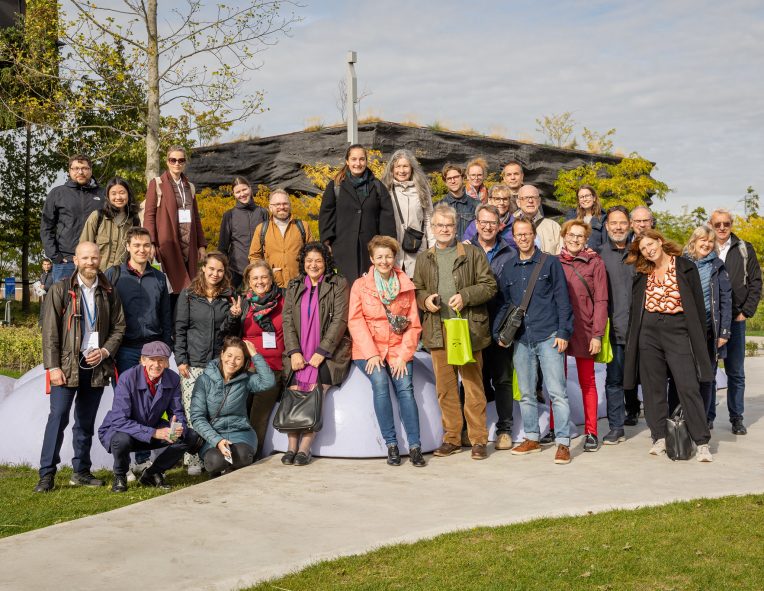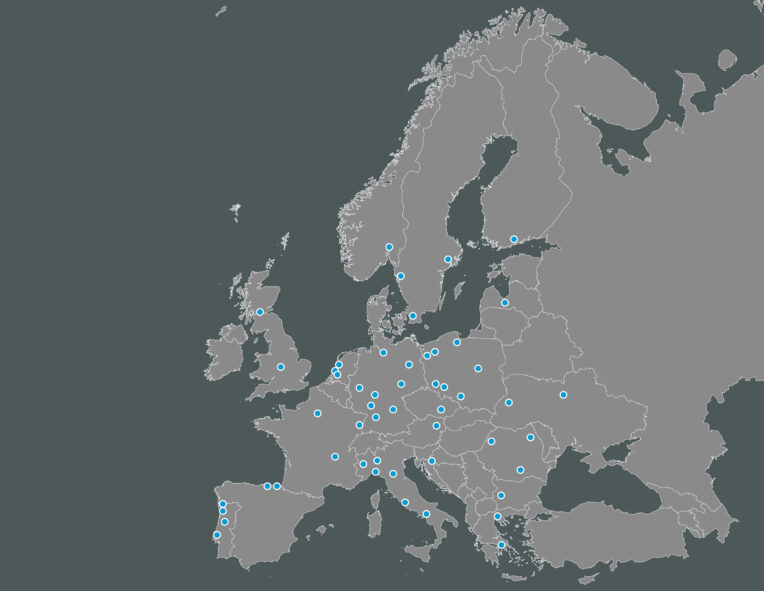The vision of the Manifesto builds itself on the current practices and it is tested on its principles by eight different cases where Metropolitan Partnerships are being implemented across Europe across a range of sectors and offered by the METREX membership. They are very diverse in terms of metropolitan structure and governance; however, they offered a wide spectrum of scopes and sectors as well as a diverse set of instruments and mechanisms concretely applied to translate the vision of the Manifesto into operational actions of cooperation allowing for an integrated metropolitan strategy.
Building metropolitan partnerships is about creating the condition for a new understanding of the metropolitan territory as a common dimension organizing the integration of the different aspects: from the spatial development of the transport systems which enables the connections to the regional production and the distribution of products and goods (Lisbon, Milan), or mobility infrastructure increasing the accessibility to services enabling multi-scale territorial solutions (Strasbourg, Bucharest), or a cross-sectoral strategic approach to enhance the connections between urban and rural-mountain areas (Turin) to ensure homogeneous territorial development at the metropolitan scale and beyond (Grand Lyon), also implying the consideration of the territorial reorganization (CIM Cávado) to ensure funding eligibility based on local stakeholders’ cooperation. It also includes the perceptive layer of the citizens (West-Pomeranian region), the sense of identity and belonging to the metropolitan area where tangible and intangible linkages, democratic participation and inclusion are supported by a functional institutional framework of cooperation.
Study cases across Europe
Case #1: Metropolitan Food Strategies | Lisbon Metropolitan area
Case #2: Sustainable Urban Logistic Plan (PULS) for last mile solutions | Città metropolitana di Milano
Case #3: Mobility on Demand | Eurométropole de Strasbourg
Case #4: Upgrading the road system infrastructure to balance inner and outer territories | Bucharest Metropolitan Association
Case #5: Governance & Strategic tools | Città metropolitana di Torino
Case #6: Meaning and perception of the urban-rural partnerships | West-Pomeranian Region
Case #7: Spatial planning and coordination in the wider metropolitan area | GrandLyon & Beyond
Case #8: Urban-rural partnerships implementation | CIM Cávado / ATAHCA


